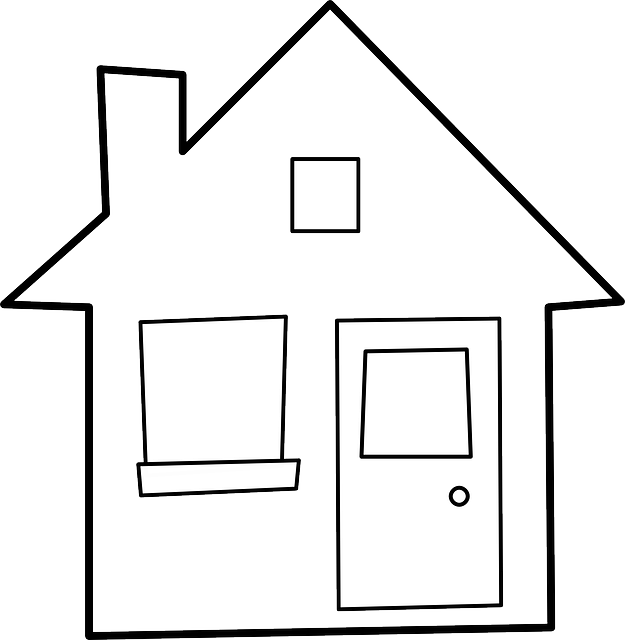Understanding home renovation costs is crucial for saving money while maintaining or increasing your home's value. Research average costs using online tools and local estimates, set realistic budgets, and compare quotes from multiple contractors or DIY resources. Prioritize tasks based on desirability and budget constraints, focusing on affordable renovations like repainting or updating fixtures to enhance visual appeal within a tighter budget. Complex projects like kitchen remodels are costlier but can significantly boost home value. Create a detailed budget, prioritize based on necessity, use cost-effective materials and methods, and break goals into manageable chunks for strategic planning to avoid overspending and quality issues.
Looking to revitalize your home without breaking the bank? Balancing quality and affordability in home improvement is achievable. This guide unveils the secrets to saving on renovation projects, from understanding the cost breakdown of various tasks to strategic planning for maximum value. We explore DIY options, affordable materials, and savvy hiring practices to ensure you get high-quality results without overspending. Discover how to navigate home renovation costs effectively.
Understanding Home Renovation Costs: A Comprehensive Breakdown
Understanding home renovation costs is the first step in saving money without compromising quality. It’s essential to know that prices can vary widely depending on factors like project scope, location, and current market trends. A comprehensive breakdown of expenses helps set realistic budgets and identify areas for potential savings.
Start by researching average costs for your specific type of renovation. Online tools and local contractor estimates can provide valuable benchmarks. Next, create a detailed list of tasks, from materials to labor, to ensure you consider every aspect. This process allows for informed decisions about DIY projects versus hiring professionals, enabling cost-effective choices that maintain or enhance your home’s value.
– Analyzing average costs for different projects
Before diving into any home improvement project, it’s crucial to analyze average home renovation costs for similar projects in your area. Websites and apps dedicated to home improvement offer valuable insights into typical pricing for everything from minor fixes to major renovations. Understanding these benchmarks empowers you to set a realistic budget that aligns with your goals without overspending.
Comparing quotes from multiple contractors or DIY resources can help uncover significant cost savings. Keep in mind, however, that while reducing expenses is essential, sacrificing quality can lead to long-term issues. Look for ways to cut costs strategically, such as opting for more affordable materials without compromising aesthetics or functionality, or choosing efficient appliances that offer better value over time.
– Identifying the most and least expensive renovations
When planning a home improvement project, understanding the varying costs associated with different renovations is key to saving money without compromising quality. Some renovations tend to be more affordable than others, allowing homeowners to make cost-effective choices and stretch their budgets further. For instance, projects like repainting walls, updating fixtures, or installing new flooring are generally less expensive compared to major structural changes or adding additional rooms. These tasks often provide immediate visual improvements while being more budget-friendly.
On the other hand, renovations that involve complex construction, specialized materials, or extensive labor tend to be costlier. This includes major kitchen remodels, bathroom upgrades with custom features, or installing energy-efficient systems. While these projects may enhance your home’s value and appeal, they often come with higher price tags. By prioritizing tasks based on both desirability and budget constraints, homeowners can create a balanced plan that offers the best of both worlds: desirable improvements without breaking the bank.
Strategic Planning: Saving Money Without Cutting Corners
Strategic planning is key to saving on home improvement without compromising quality. Before starting any project, create a detailed budget and prioritize tasks based on necessity and impact. Break down your renovation goals into smaller, manageable tasks and research cost-effective materials and methods. This approach allows you to stay within your financial limits while ensuring the work is done efficiently.
By planning ahead, you can avoid unnecessary expenses and potential quality issues that may arise from rushed decisions or using inferior materials. It’s about being mindful of every decision, from selecting affordable yet durable fixtures to choosing DIY solutions for simpler tasks. This strategic mindset empowers you to navigate home renovation costs effectively, ensuring your project stays on track both financially and qualitatively.
By understanding the typical home renovation costs and strategic planning, you can achieve high-quality improvements without breaking the bank. Knowing which projects offer the best value for money allows you to prioritize and make informed decisions. Through careful budgeting, timely research, and creative solutions, it’s possible to enhance your living space while staying within your financial comfort zone.
